Why Understanding Your Financing Options Matter?
When it comes to buying a home, most people focus on listings, locations, and price. But here’s the truth: the loan you choose is just as important as the home itself.
With interest rates remaining steady in 2025, financing decisions have a direct impact on your monthly payment, long-term equity, and even how competitive your offer is.
Whether you’re a first-time buyer or moving up, learning more about your financing options can help you:
- Stretch your buying power
- Save thousands over the life of your loan
- Close faster and with more confidence
Common Types of Home Loans (And Who They're For)
A) Conventional Loan:
- Most common type for well-qualified buyers
- Requires 3–20% down (depending on credit and income)
- Lower rates and fewer restrictions
Best for: Buyers with good credit, solid income, and down payment funds.
B) FHA Loan
- Backed by the Federal Housing Administration
- Requires as little as 3.5% down
- More flexible credit guidelines
Best for: First-time buyers or those with limited credit history.
C) VA Loan
- Available to eligible veterans, active-duty service members, and spouses
- 0% down payment required
- No mortgage insurance (PMI)
Best for: Military buyers looking for affordable, low-risk financing.
D) Jumbo Loan
- For homes priced above conforming loan limits ($1M+ in the Bay Area)
- Requires excellent credit and higher down payment
- Competitive rates for luxury markets
Best for: High-income buyers purchasing in premium areas like Saratoga, Los Gatos, or Palo Alto.
E) Adjustable Rate Mortgage
- Lower initial rate that adjusts after a set period (e.g., 5, 7, or 10 years)
- Can offer lower payments upfront
- Risk of future rate increases
Best for: Buyers planning to move or refinance within a few years
Creative Financing Strategies
With affordability top of mind, many buyers are exploring non-traditional options:
A) Rate Buydowns
- Seller or buyer pays upfront to “buy down” the interest rate temporarily.
Helps reduce early monthly payments.
B) Down Payment Assistance Programs
- State and local programs offering grants or low-interest loans.
- Great for first-time buyers or those in high-cost markets.
C) Assumable Mortgages
- Some loans can be assumed at the seller’s lower rate
- Rare, but powerful if available
Mortgage Rate Outlook: What to Expect
While a dramatic drop in rates isn’t guaranteed, many experts predict gradual rate decreases through 2026. That means it’s worth exploring:
- Locking in a rate now and refinancing later
- Choosing a loan with no prepayment penalties
- Using lender tools to compare fixed vs. adjustable options
Tip: Always get loan estimates from at least 2–3 lenders.
How to Choose the Right Financing Options:

FAQs About Selling in Fall:
A) What Credit Score do I Need to Buy a Home?
- Most lenders require a score of 620+ for conventional loans and 580+ for FHA loans, though higher scores get better rates.
B) How Much Should I Put Down?
- The average down payment is 10–20%, but some programs allow as little as 3%.
C) Can I Get Pre-Approved Before Finding a Home?
- Yes—and you should. Pre-approval shows sellers you’re serious and speeds up the buying process.
Next Steps: Let's Talk About Your Financing Game Plan
Choosing the right financing option is personal—but you don’t have to do it alone.


